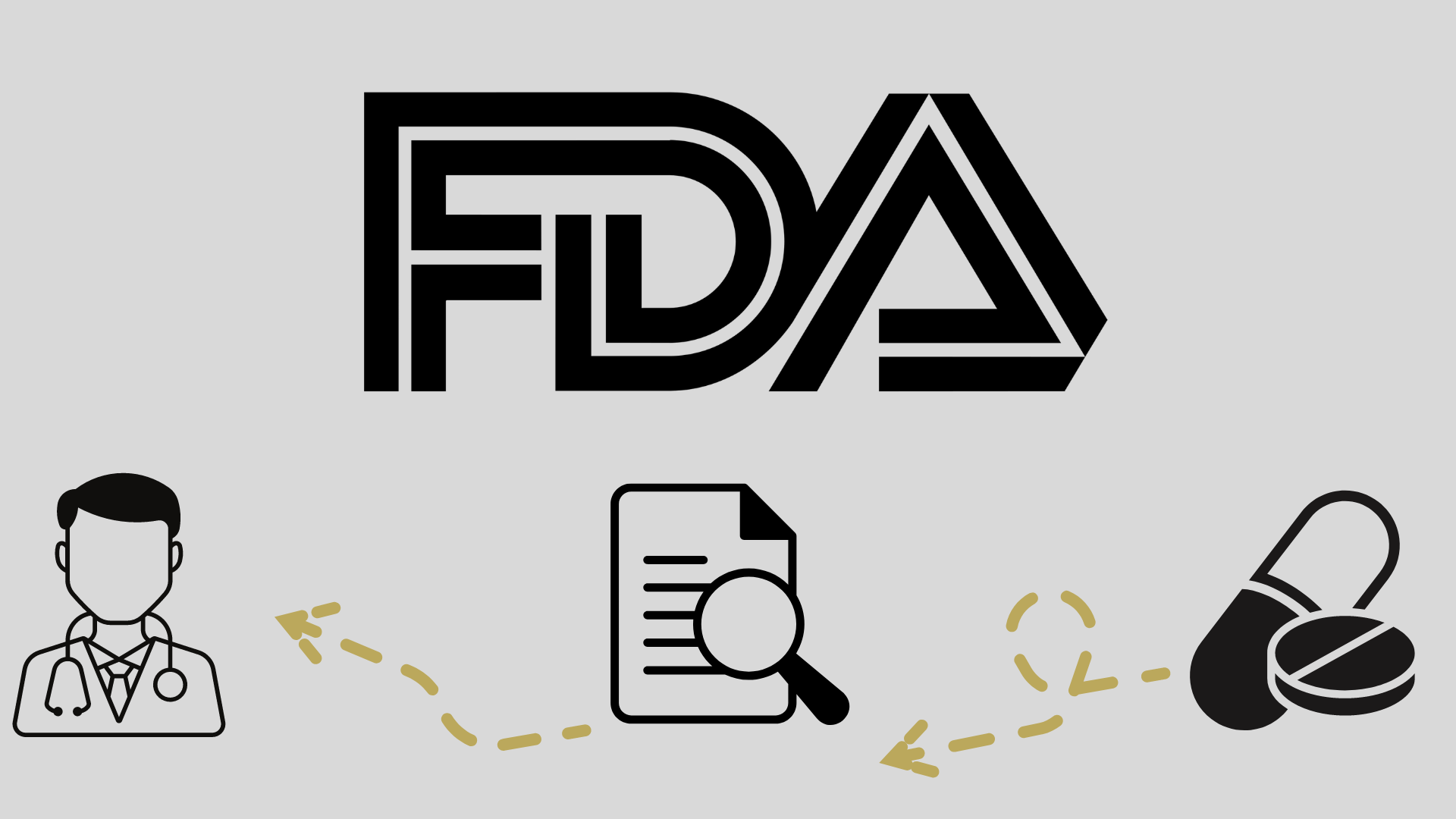
FDA Restricts Pembro/Chemo Use for Gastric Cancer

The updated indication limits the use of pembrolizumab and chemotherapy to tumors expressing PD-L1 as determined by an FDA-approved test.
- On November 7, 2023, the FDA updated the current indication of pembrolizumab (Keytruda) and trastuzumab (Herceptin), fluoropyrimidine, and platinum-containing chemotherapy for first-line treatment of HER2-expressing locally advanced unresectable or metastatic gastric or gastroesophageal junction (GEJ) adenocarcinoma.
- The new indication limits the combination’s use to patients with tumors expressing PD-L1.
- The FDA also approved the Agilent PD-L1 IHC 22C3 pharmDx as a companion diagnostic device to identify patients with PD-L1-expressing gastric or GEJ adenocarcinoma.
The FDA restricted the existing indication of pembrolizumab plus trastuzumab and chemotherapy for first-line treatment of locally advanced unresectable or metastatic HER2-expressing gastric or GEJ adenocarcinoma to tumors expressing PD-L1 (combined positive score [CPS] ≥ 1) as determined by an FDA-approved test.1
In addition to this updated indication, the FDA approved of the Agilent PD-L1 IHC 22C3 pharmDx companion diagnostic for use in this intent-to-treat population. The device identifies patients with high tumor PD-L1 expression.
In May 2021, the
Findings from the third interim analysis at a median follow-up of 38.4 months (IQR, 29.5-44.4) in the pembrolizumab arm and 38.6 months (IQR, 30.2-44.4) in the placebo arm showed a median PFS of 10.0 months (95% CI, 8.6-12.2) in the pembrolizumab arm compared with 8.1 months (95% CI, 7.1-8.6) in the placebo arm (HR, 0.73; 95% CI, 0.61-0.87). In the PD-L1 CPS ≥ 1 population, the median PFS was 10.9 months (95% CI, 8.5-12.5) for patients treated with the pembrolizumab/chemotherapy combination vs 7.3 months (95% CI, 6.8-8.5) for patients in the placebo arm (HR, 0.71; 95% CI, 0.59-0.86).2,3
Data from the third interim analysis also demonstrated a median overall survival (OS) of 20.0 months (95% CI, 17.8-22.1) for patients treated with the pembrolizumab regimen vs 16.8 months (95% CI, 15.0-18.7) with placebo (HR, 0.84; 95% CI, 0.70-1.01). The median OS in the PD-L1 CPS ≥ 1 population was 20.0 months (95% CI, 17.9-22.7) in the pembrolizumab arm vs 15.7 months (95% CI, 13.5-18.5) in the placebo arm (HR, 0.81; 95% CI, 0.67-0.98).
The safety profile of the pembrolizumab regimen was consistent with the known safety profiles of the individual agents.1








































